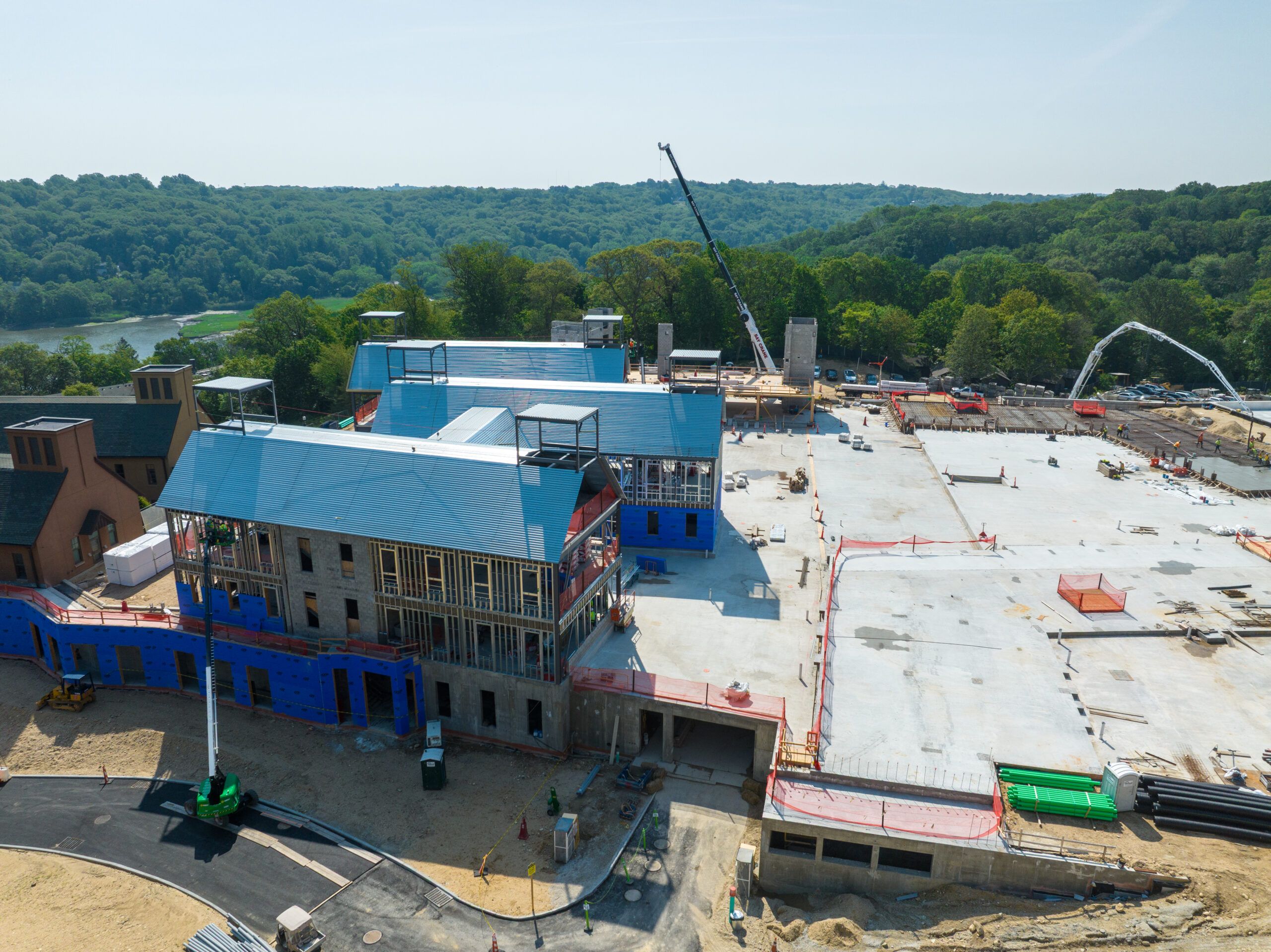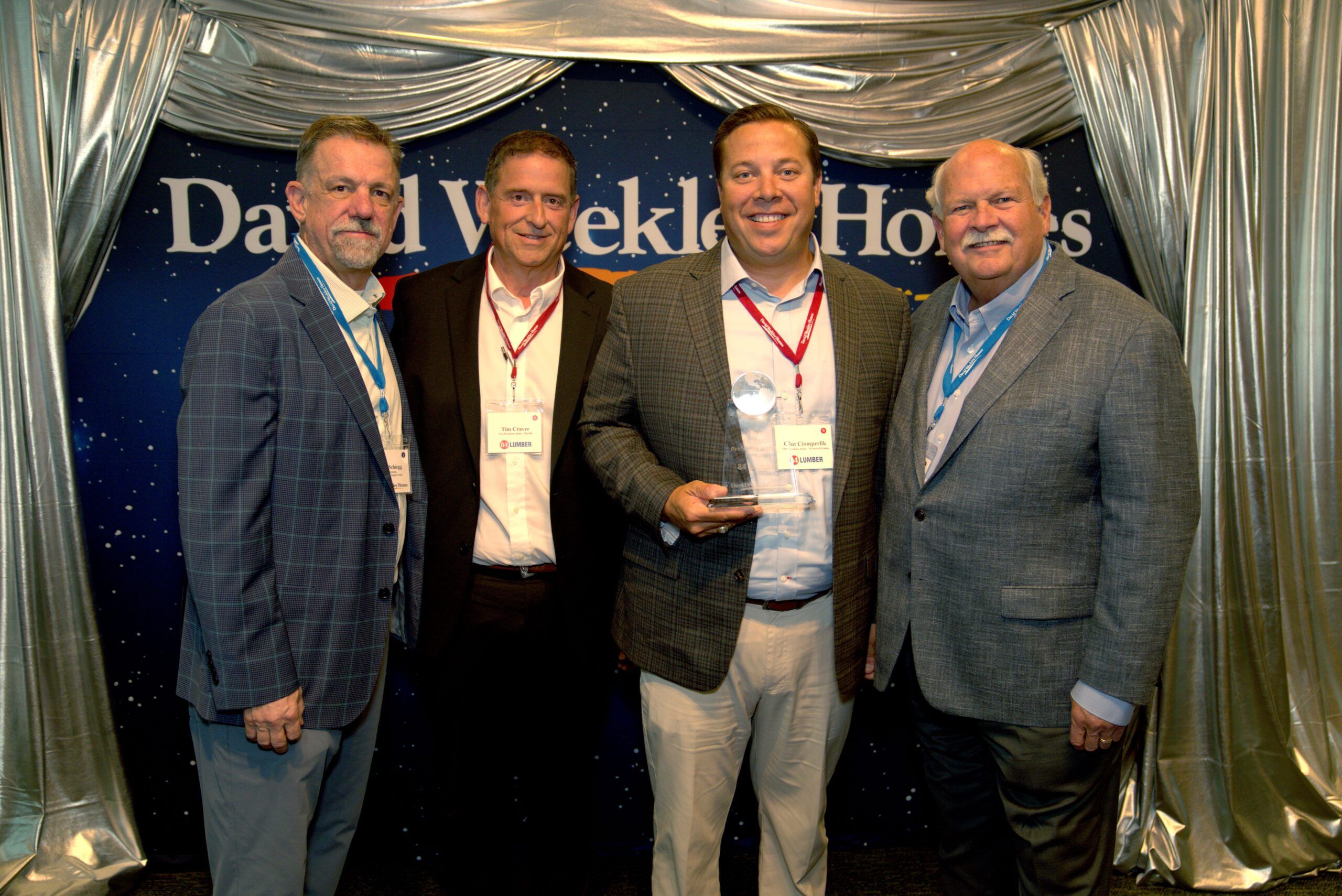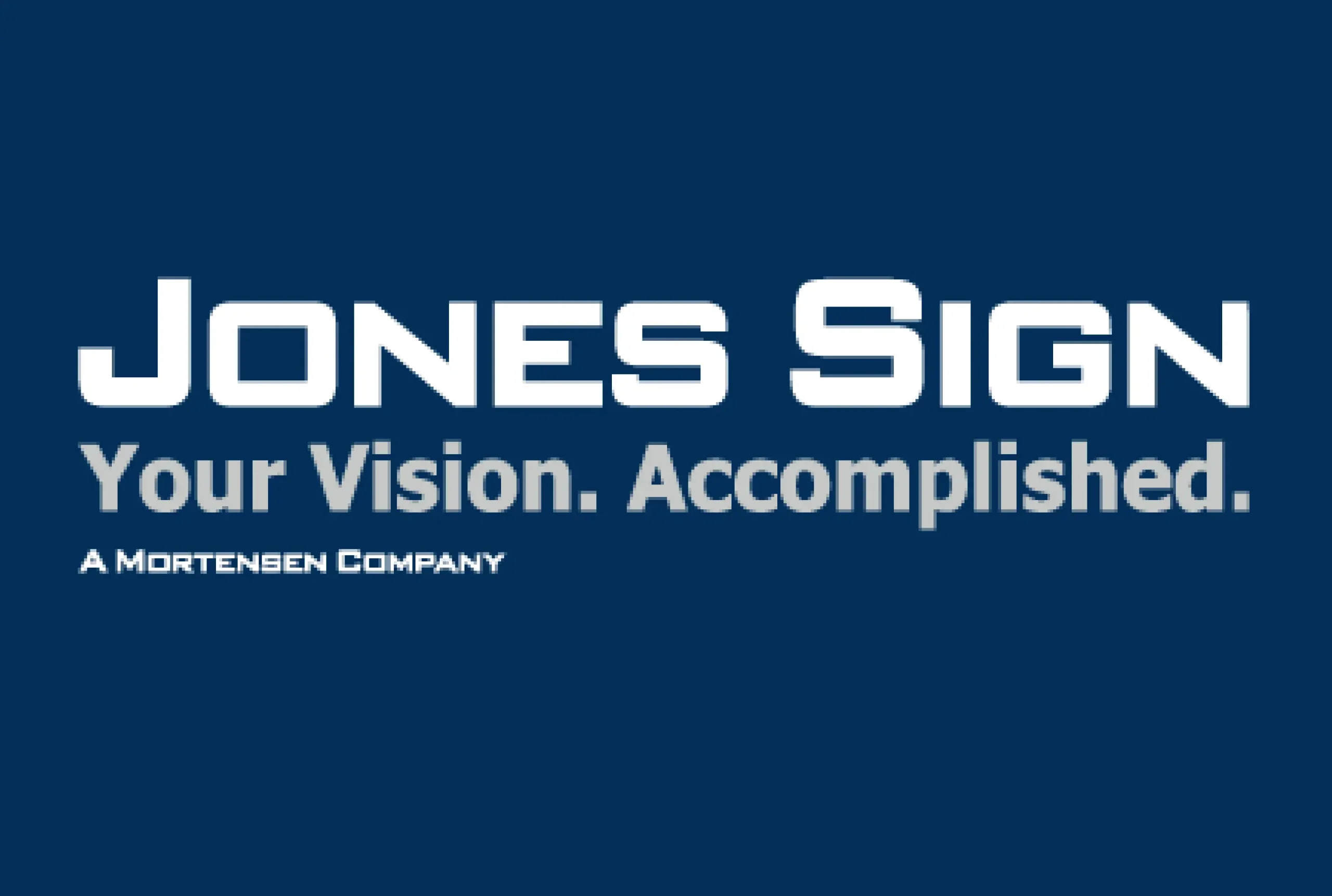A well-functioning furnace is essential for maintaining a comfortable and energy-efficient home, especially during colder months. However, many homeowners neglect routine maintenance or delay necessary repairs, leading to unexpected breakdowns, costly fixes, and even safety risks.
Recognizing the signs of furnace trouble and addressing them promptly can prevent minor issues from escalating into major malfunctions. This article explores the importance of timely furnace repair, common warning signs, and how working with a professional HVAC contractor ensures long-term system efficiency.
Why Timely Furnace Repair Matters
Delaying furnace repairs may seem like a minor inconvenience at first, but ignoring small problems can result in larger, more expensive issues. Routine inspections and prompt servicing offer several benefits, including:
1. Preventing Costly Repairs and Premature Replacement
A furnace that receives timely repairs lasts longer and operates more efficiently. Minor issues, such as a clogged filter or a faulty sensor, can escalate into major system failures if left unaddressed. Prompt furnace repair can:
- Extend the lifespan of the unit.
- Reduce the likelihood of expensive part replacements.
- Prevent emergency breakdowns during peak winter months.
2. Ensuring Energy Efficiency and Lowering Utility Bills
A malfunctioning furnace must work harder to heat a home, leading to increased energy consumption and higher utility bills. Addressing performance issues early improves efficiency, helping homeowners save on heating costs.
3. Maintaining Indoor Air Quality
A poorly functioning furnace can circulate dust, debris, and even harmful contaminants throughout the home. Problems such as a dirty filter, cracked heat exchanger, or blocked vents contribute to poor indoor air quality, which may lead to respiratory issues and allergies.
4. Enhancing Safety and Preventing Hazards
Furnace malfunctions can pose serious safety risks, including:
- Carbon monoxide leaks: A cracked heat exchanger can release this odorless, deadly gas.
- Electrical issues: Faulty wiring or malfunctioning components increase the risk of fire.
- Gas leaks: Damaged or improperly functioning gas lines can lead to hazardous conditions.
Regular furnace maintenance and prompt repairs help prevent these risks, ensuring a safe home environment.
Common Signs Your Furnace Needs Repair
Furnaces often show warning signs before breaking down completely. Recognizing these signals early can help homeowners schedule repairs before a full system failure occurs.
1. Uneven Heating or Cold Spots
If some rooms feel warmer than others, the furnace may be struggling to distribute heat evenly. This could be due to:
- Blocked vents or ductwork issues.
- A failing blower motor.
- A malfunctioning thermostat.
2. Increased Energy Bills
A sudden spike in heating costs without an increase in usage often indicates an inefficient furnace. The cause could be:
- A dirty or clogged filter restricting airflow.
- A failing component forcing the system to work harder.
- Leaky ducts wasting heated air.
3. Unusual Noises
Furnaces make some noise during operation, but loud or unusual sounds can indicate mechanical problems. Common noises include:
- Banging or popping: Possible ignition issues or expanding ductwork.
- Squealing or screeching: A worn-out blower motor or belt.
- Rattling or vibrating: Loose components or a failing heat exchanger.
4. Frequent Cycling
If the furnace turns on and off frequently, it may be experiencing short cycling. This can be caused by:
- A clogged air filter.
- A malfunctioning thermostat.
- Overheating due to restricted airflow.
5. Weak or No Airflow
A furnace that struggles to push warm air through the vents may have:
- A failing blower motor.
- Clogged ductwork.
- A dirty or blocked air filter.
6. A Yellow Pilot Light
A furnace’s pilot light should burn blue. If it turns yellow or flickers, it may indicate:
- A carbon monoxide issue.
- A ventilation problem.
- A malfunctioning gas burner.
If a yellow pilot light is observed, the furnace should be shut down immediately, and a professional should be contacted for an inspection.
The Role of a Professional HVAC Contractor
While some furnace maintenance tasks, such as replacing air filters, can be done by homeowners, most repairs require professional expertise. An experienced HVAC contractor provides:
1. Accurate Diagnosis and Repairs
Heating systems are complex, and diagnosing issues without the right knowledge can lead to incorrect fixes. A trained technician can:
- Identify problems quickly.
- Recommend cost-effective solutions.
- Prevent unnecessary part replacements.
2. Proper Safety Inspections
Professional technicians check for potential hazards such as gas leaks, electrical issues, and carbon monoxide risks. They ensure that all repairs meet safety standards, protecting homeowners from dangerous malfunctions.
3. Efficiency Optimization
A professional furnace repair service ensures that the unit runs at peak efficiency, lowering energy consumption and improving overall performance. This includes:
- Cleaning and inspecting internal components.
- Adjusting airflow for balanced heating.
- Testing the thermostat for accurate temperature control.
4. Preventive Maintenance Recommendations
An HVAC contractor not only fixes immediate issues but also offers maintenance tips to prevent future breakdowns. Regular tune-ups can:
- Catch minor issues before they become major problems.
- Extend the lifespan of the heating system.
- Provide peace of mind throughout the colder months.
How to Prevent Furnace Issues in the Future
Preventative maintenance is the best way to avoid costly furnace repairs and ensure the system runs efficiently for years. Homeowners can take simple steps to keep their heating system in good condition.
1. Change Air Filters Regularly
A dirty air filter restricts airflow, making the furnace work harder and increasing energy consumption. Filters should be replaced:
- Every 1-3 months, depending on usage and household conditions.
- More frequently in homes with pets or allergies.
2. Schedule Annual Maintenance
Professional furnace inspections and tune-ups should be performed before the winter season begins. This allows technicians to:
- Identify worn-out components.
- Lubricate moving parts.
- Check for gas or carbon monoxide leaks.
3. Keep Vents and Ducts Clean
Blocked vents and dirty ductwork reduce airflow and efficiency. Regularly cleaning vents and scheduling duct inspections helps maintain optimal performance.
4. Monitor Thermostat Settings
Setting the thermostat to an energy-efficient temperature prevents the furnace from overworking. Using a programmable thermostat allows homeowners to adjust temperatures based on daily schedules.
Conclusion
Timely furnace repair is essential for maintaining a safe, efficient, and cost-effective heating system. Ignoring early warning signs can lead to breakdowns, higher utility bills, and even safety hazards. By working with an experienced HVAC contractor, homeowners can ensure their furnace operates at peak performance throughout the winter months.
Regular maintenance, prompt repairs, and professional inspections help extend the lifespan of a furnace while keeping homes warm and comfortable. Investing in furnace care today can prevent costly repairs and unexpected failures in the future.











